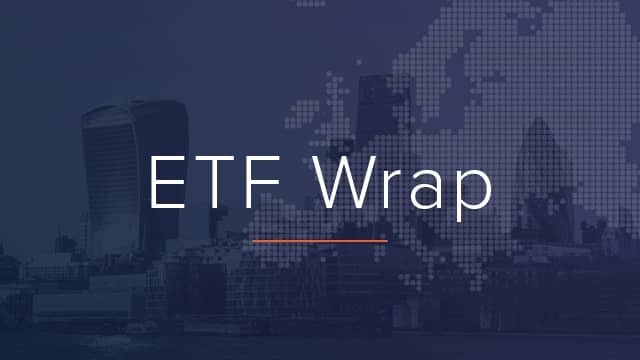How ESG ETFs react to a company’s future transgressions has been thrown into the spotlight after fossil fuel major ConocoPhillips announced plans to double its interest in a Canadian oil sands facility.
This week, it was uncovered that at least 15 ESG ETFs in Europe – all but one of which apply oil sands exclusions – are exposed to ConocoPhillips.
The company announced its intentions to double its stake in the Surmount oil field in Alberta in May, going on to issue $2.7bn of bond issuance on 8 August to finance the expansion.
While many ESG strategies apply 5% caps for oil sands revenue exposure, ConocoPhillips’ acquisition will take its reliance on the unconventional source from 3.6% in 2021 to 6.9% after production reaches full scale, according to research by the Anthropocene Fixed Income Institute (AFII).
However, rather than jettisoning the stock from ESG strategies, index providers will wait until months after its oil sands reliance has breached the limits backed into their methodologies – when production volumes appear in quarterly or full-year results.
AFII head of portfolio strategy UK Josephine Richardson said: “The deal is scheduled to complete in 2023 and so oil sand production for ConocoPhillips may not increase until 2024.
“This means it may be late 2024 or 2025 before reported production feeds into ESG screening decisions.”
While the majority of ESG ETFs exposed to the company are equity-based, some in Europe and the US are fixed income ETFs housing more than $10bn combined.
In the interim, these products’ index methodologies mean they will buy all eligible bonds from ConocoPhillips including the issuance to expand its acquisition ambitions. As a result, they will end up helping to finance the expansion of its oil sands interest.
Aside from the ideologically uncomfortable predicament this puts conscientious investors in, this permissive passive approach to ESG exclusions may also bake in worse fiduciary outcomes for investors.
These passive ESG ETFs will continue holding ConocoPhillips securities while a number large, ESG-conscious active investors with oil sands exclusion rules will likely offload their exposure. Once prices have taken a hit, these ETFs will then be forced into selling once the impact of the firm’s oil sands operations appear on its balance sheet.
Richardson argued forward-looking considerations including anticipated impacts of acquisitions and divestments should be baked into ESG methodologies, rather than allowing ESG investors to continue supporting companies for potentially years as they transition into business models that become increasingly unaligned with ESG aims.
While transition and physical risk are forward-looking metrics already being implemented by ESG index providers, products that are mindful of future behaviour changes by companies is an area still in the development phase.
Other asset classes such as sustainability-linked bonds (SLBs) – where issuers pay more or less interest to investors based on whether they meet pre-agreed sustainability metrics – represent an interesting evolution, but a relatively immature part of the market.
Why ETF launches have dried up
Elsewhere, Detlef Glow, head of Lipper EMEA Research at Refinitiv, suggested the reason ETF launches in Europe have slowed down is the impact higher interest rates have had on seed funding.
Higher rates mean investment banks get a more predictable return when parking their money in central banks or other accounts, rather than having to turn to riskier alternative sources of income, including lending out their free cash as seed assets for a new fund.
Glow added fears of a recession or another general market downturn may be prompting some issuers to hold fire on new products, however, he expects a “high number of new ETFs to be launched” once the outlook improves.
Green energy in the red
Recent times have also been tough for Europe’s largest thematic ETF, the $5.1bn iShares Global Clean Enegry UCITS ETF (INRG), which this week was only 1.7% above its price of three years ago and 50.3% down from its all-time-high on 7 January 2021.
After booking 144.3% gains in 2020 following the election of Democrat President Joe Biden and promises of hundreds of billions of dollars of new investment and tax credits, monetary policy and geopolitical realities have tempered enthusiasm.
Kenneth Lamont, senior fund analyst at Morningstar, said: “Alternative energy projects often require significant upfront investment, much of which is borrowed, making them particularly sensitive to rises in rates.
“All else held equal, raising the rate used for discounting expected future cashflows hits growth stocks particularly hard because those expected cash flows are expected later and therefore get discounted more than companies with stronger current revenues, but with less growth potential.”
ETF Wrap is a weekly digest of the top stories on ETF Stream






